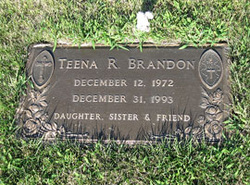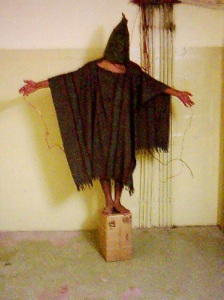Normal is a very generalized word. It is defined in the dictionary as “according with, constituting, or not deviating from a norm, rule, or principle”, but if norms differ from place to place, and from person to person, this definition does nothing to explain exactly what normal is in general, especially considering that it is usually used incorrectly in a broad context. We label things as “strange” or “weird”, yet we can be seen as just as strange or weird because there is no norm that encompasses all of us. Our differences define us, but they also separate us, because we feel comfortable with normal, yet we often do not acknowledge that normal is not the same everywhere.
Social norms are unspoken. They are silent rules and regulations that govern our behaviors, habits that we have learned through observation and interaction with society from a young age. I know that personally my actions can often conform to the standard of the group, even if I am unaware that I am doing so. My life seems “normal” to me, even though from the viewpoint of someone who is not part of the culture and society that shaped me, I am a radical change from their concept of normal.
An example of this that comes to mind for me is a close friend of mine. In my junior year of high school, I met a girl who was new to California. She had moved from Utah, near the center of Mormon activity. Most of her friends were Mormon, and she was as well. It was fascinating the way our perspectives differed. I was completely unique (and apparently a heathen) according to her friends still in Utah, but here in California I was blissfully average. My personality, my clothing, my religion, and more all contrasted with what she was used to, since I had observed and learned from a different environment growing up. Furthermore, as she spent more time in California interacting with these different sets of group standards, she began to change. She used different slang, wore different clothing, lost her Mormon faith, and even came out as lesbian because her new environment encouraged her sexuality compared to a hometown that had suppressed it. My normal became her normal, because we were both part of Southern California’s in-group.
An article in the Wall Street Journal questions not just social norms, but what causes certain people to become the “trendsetters” that facilitate new norms and encourage old ones. What is it that causes certain people to become the leaders of these groups and why do others follow them? Continuing this line of thought, with different accounts from researchers, are the leaders of these movements conforming more to these norms to set more of a standard, or are they deviating from the standard to create the norms in the first place? This can even be applied to political events. Over the past months, Republican presidential candidate Donald Trump has made comments on women, Muslims, etc. that have incited large amounts of controversy. Particularly, recently leaked tapes capture him making demeaning comments about women and his treatment of them. There are two ways to look at his comments, as demonstrated by his supporters and his opposers.
- His comments are the norm for American men. This attitude can be seen in those who argue that his recent scandal involving derogatory comments about groping women caught on a hot mic can be considered “locker room talk”, to quote the candidate himself. That viewpoint suggests that it is a norm for men in America to speak in that way about women behind close doors.
- His comments demonstrate a large deviation from the norm among most people. Those who argue that Trump’s statements are uncommon and facilitate disrespect towards women between men behind closed doors show an attitude viewing him as deviating from what is now the more common norm in America.
Personally, I agree with the second perspective. It is not normal, it is a deviation from the norms, to speak about sexual assault in a joking, degrading manner. To suggest it is locker room talk generalizes all men as those who would disrespect and degrade women in a way that is vulgar and crude, which fosters an attitude that leads to rape culture.
Clearly, normal can be seen in many different ways and oftentimes it can create conflict. To generalize all of society through the use of one word shows ignorance, since what we see as normal defines how we are different. However, there is one similarity overall: Normal is used in the wrong context.







